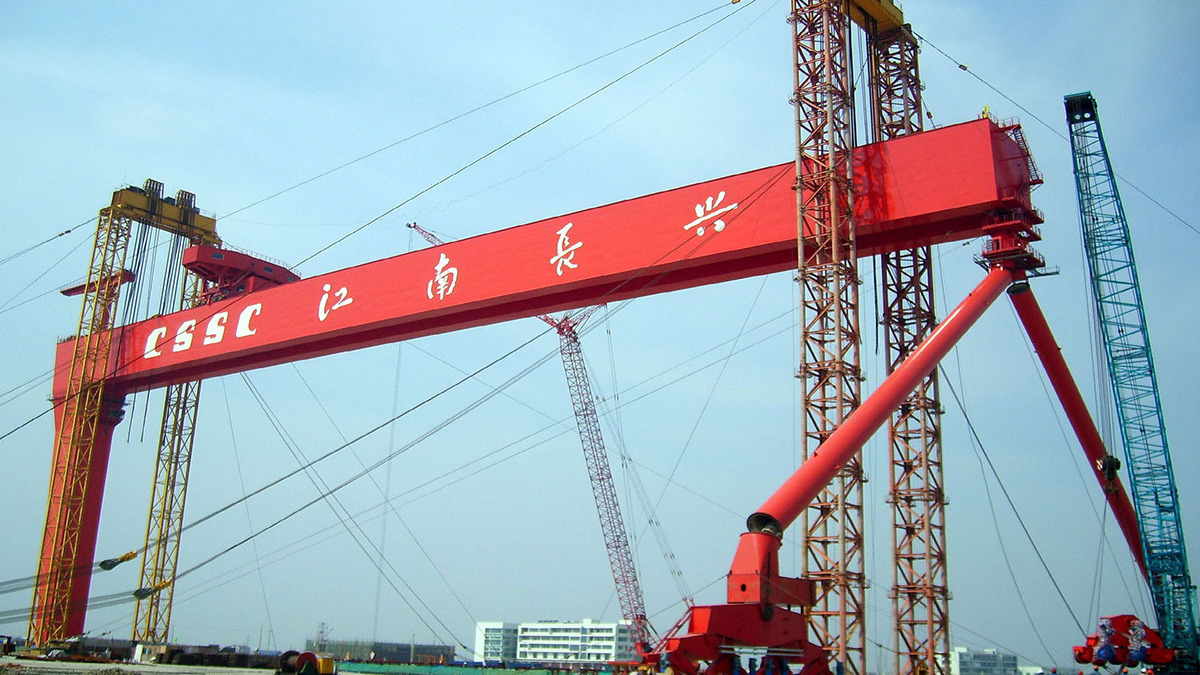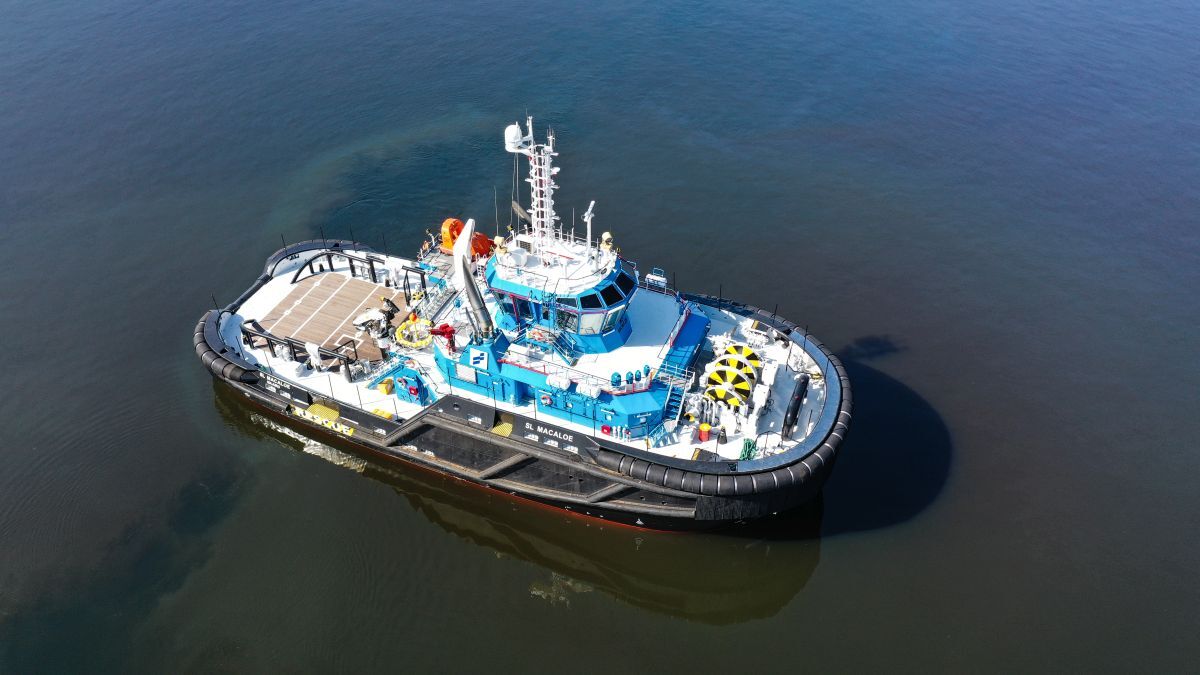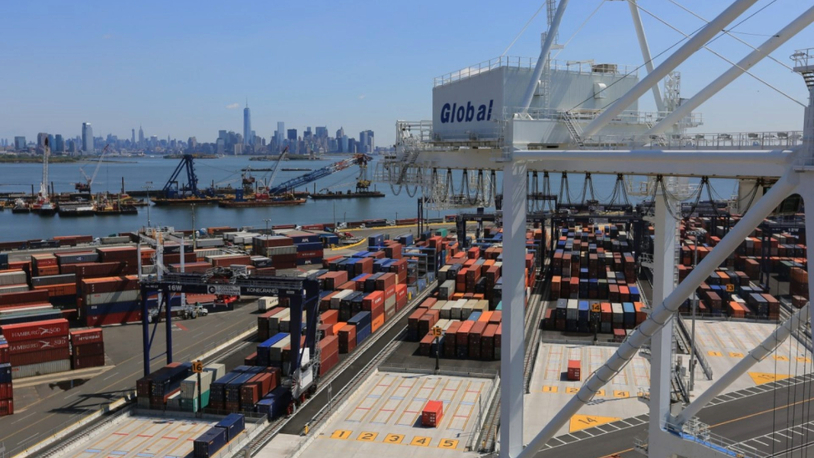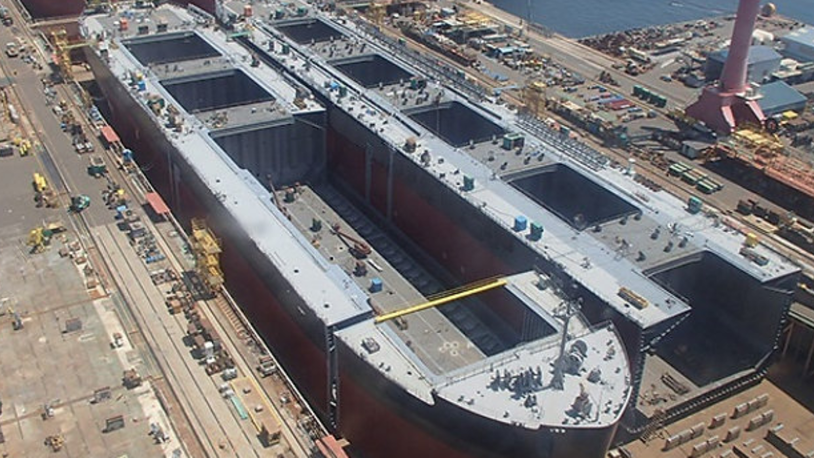Business Sectors
Events
Contents
Register to read more articles.
USTR effect: Chinese-linked bulkers retreat from transatlantic trade
Chinese-built and Chinese-owned bulk carriers have seen a sharp decline in their share of transatlantic trade this year, with fewer port calls at the United States amid mounting regulatory and geopolitical pressure
This comes despite the fact that USTR policies have not yet come into effect – and even if implemented under the current framework, they would not directly impact Chinese-linked vessels ballasting to the United States, noted BRS Shipbrokers in its latest weekly report.
Under the revised US port fee policy, bulk carriers with a capacity of up to 80,000 dwt are exempt. However, for other vessels, the maximum eligible capacity appears to be capped at 55,000 dwt. Despite the policy not being officially enforced yet, the market is already reacting.
Anecdotal evidence suggests charterers are increasingly avoiding vessels either built in Chinese shipyards or owned by Chinese beneficial owners. This voluntary shift has triggered a steep decline in Chinese-linked vessel participation in transatlantic trade.
According to AXSMarine data cited by BRS, the share of China-built vessels in the transatlantic Panamax dry bulk trade (by dwt) fell to 39% in Q2 2025, down from the 2021–2024 average of 47%. Likewise, vessels owned by Chinese beneficial owners saw their market share drop to around 14% in Q2, compared with an average of 22% over the previous four years.
The contraction is even more pronounced at US ports: China-built vessels’ share of calls dropped from 46% to 29%, while Chinese-owned vessels fell from 22% to just 7%.
Analysts suggest Chinese-linked vessels are increasingly being diverted to the Pacific and China–Brazil/West Africa routes, as the Atlantic market becomes less welcoming.
Panamax market reaps benefits
Expectations surrounding the impact of US trade policy have been instrumental in lifting Panamax freight rates globally. An abrupt tightening of vessel supply in the transatlantic market compelled charterers to accept significantly higher freight rates offered by shipowners, BRS said. Riviera recently reported the market hit a 12-month high in mid-July.
As of 18 July, the transatlantic P1A route closed at US$20,900 per day, marking a 143% increase from its June low, according to BRS Shipbrokers. Meanwhile, Pacific routes also saw gains: P3A and P6 rose by 69% and 49% respectively, to US$14,636 and US$16,182 per day. The premium of the P1A over the P5TC (the average Panamax spot rate) reached 22% – its highest in over a year.
Geopolitics disrupt trade flows
Geopolitical tensions between the US and China have further disrupted dry bulk flows. While the Geneva joint statement eliminated most bilateral tariffs, China’s 15% tariffs on US coal and grain remain in response to US sanctions on Chinese fentanyl. These retaliatory measures have meaningfully altered trade patterns.
AXSMarine data shows that in the first half of 2025, US exports to China dropped from 14.6M tonnes (mt) to 8.0 mt. Alternative markets have absorbed much of the displaced volume. Exports to Europe rose by 2.6 mt to 8.1 mt, while shipments to major Asian countries (Japan, South Korea, and India) surged by 6.3 mt to 18.6 mt. Other global markets accounted for an additional 4.0 mt increase, reaching 15.8 mt.
“Looking ahead, geopolitical developments – not only between the US and China, but also potential tariff tensions with other regions such as Europe – will be pivotal in shaping the future of global shipping,” BRS concluded.
Sign up for Riviera’s series of technical and operational webinars and conferences:
- Register to attend by visiting our events page.
- Watch recordings from all of our webinars in the webinar library.
Related to this Story
Events
Offshore Support Journal Conference, Americas 2025
LNG Shipping & Terminals Conference 2025
Vessel Optimisation Webinar Week
© 2024 Riviera Maritime Media Ltd.














